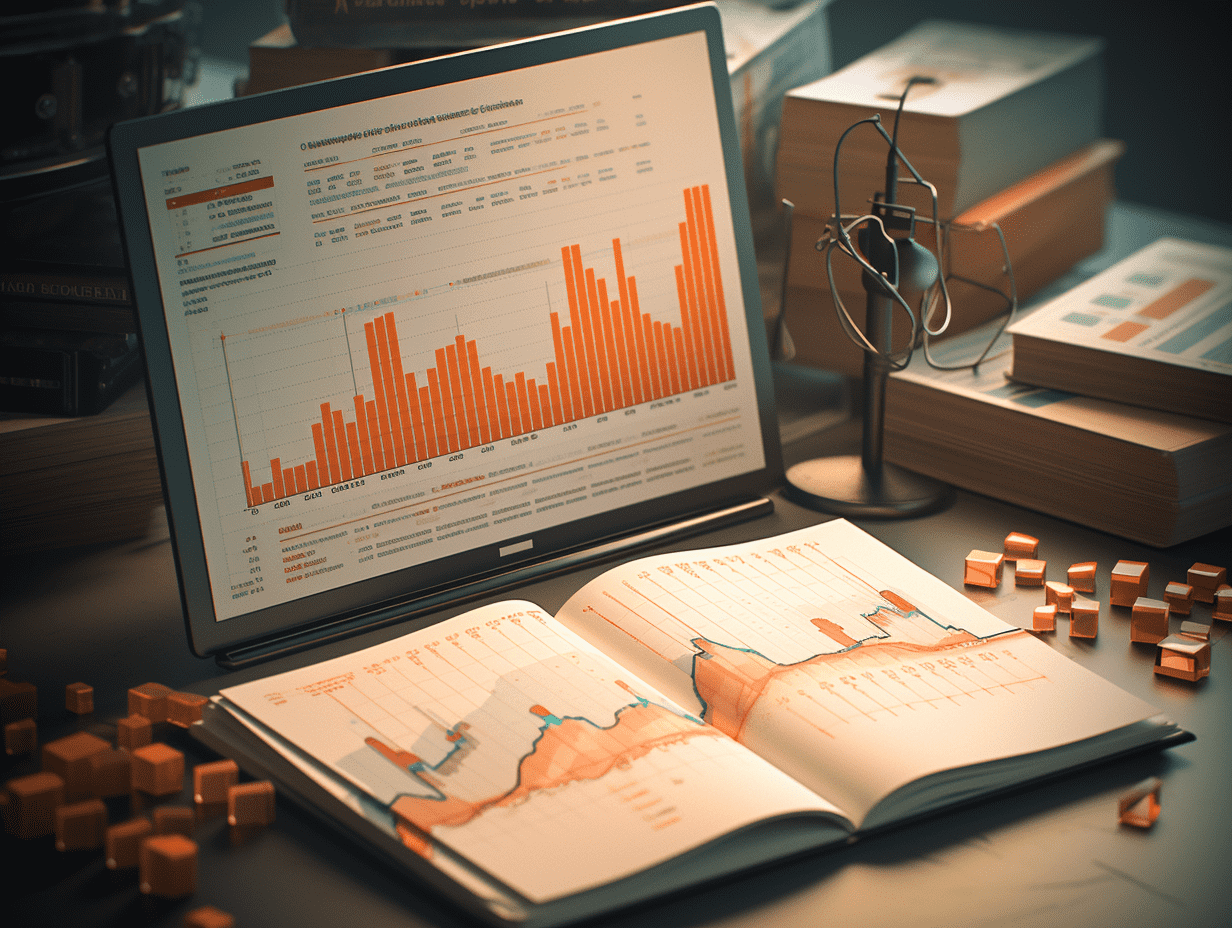
The US "heated" CPI reignites inflation concerns, causing the market to reduce its expectations for interest rate cuts this year to only one.
Due to higher-than-expected inflation in the United States, bond traders have delayed their bets on the next rate cut by the Federal Reserve until December. Swaps contracts related to the Fed's future decisions were repriced in the US after the January CPI increase exceeded analyst expectations. Previously, the market expected the Fed to cut rates before September. The new rate level means only a 25 basis point rate cut this year. US Treasury prices plummeted, with yields on US Treasury securities across all maturities rising by at least 8 basis points. Previously, the market had predicted a higher chance of rate cuts in June and possibly again before the end of the year, but now this expectation has been significantly delayed.
The benchmark 10-year US Treasury yield rose by 12 basis points to 4.66%. The 2-year US Treasury yield is more sensitive to Fed rate adjustments than long-term bonds, briefly rising by 10 basis points to 4.38%, before falling to around 4.36%.
Roger Landucci, partner at Alphamatrix Finance, stated, "With such significant inflation pressures, who can prove that a rate cut is justified?" Fed policymakers paused rate cuts at their January meeting after cutting rates three times at the end of last year. Fed Chair Powell testified before Congress on Wednesday, saying that the data shows the Fed is not yet fully on track with inflation, although progress has been made towards the 2% target.
Anastasia Amoroso, Chief Investment Strategist at iCapital, said before publishing a report that the Fed has "shifted its focus from labor market concerns to inflation, which was a concern at the end of last year."
US January seasonally adjusted CPI rose by 3% year-on-year, the largest increase since June 2024. US January seasonally adjusted CPI increased by 0.5% month-on-month, the largest increase since August 2023. US January seasonally adjusted core CPI rose by 0.4% month-on-month, the largest increase since March 2024. The US Bureau of Labor Statistics (BLS) stated that nearly 30% of this increase was due to rising housing costs.
Guy LeBas, Chief Fixed Income Strategist at Janney Montgomery Scott, stated, "The CPI data clearly falls into the warm and moderate category. The current data is simply not cooperating for the Fed." LeBas pointed out that some inflation pressures may be temporary, and institutions indicated that the unexpected rise in January CPI data may be due to seasonal adjustment processes. Nevertheless, traders remain unconvinced.
Simon White, strategist at Bloomberg, stated, "The overall higher-than-expected CPI data led to a spike in yields and a drop in the stock market. Like in 2020 and 2021, funds flowing into inflation-linked bond ETFs have been increasing. Most importantly, shorts have been covered. Expectations for rate cuts this year are weakening, and pricing a rate cut is now challenging. Nevertheless, the likelihood of a rate hike this year remains low, around 15%, and has not significantly risen since the data was released."
Analysis indicates that part of the reason for the increase in CPI in January may be due to businesses pushing up prices at the beginning of the year, as well as anticipation of a comprehensive increase in import tariffs prompting early price hikes. Additionally, Wednesday's report further suggests the potential for a reversal in the inflation process - combined with a stable labor market, the Fed is likely to maintain rates unchanged in the foreseeable future. Policymakers are also awaiting further clarity on President Trump's policies, especially on tariff policies, which have contributed to increased consumer inflation expectations.
James Knightley, Chief International Economist at ING Group, stated, "This CPI report undoubtedly shows that inflation remains high, and combined with the potential implementation of trade tariffs, the Fed will find it difficult to justify a rate cut in the short term." Other analysts on Wall Street expressed similar views.
Brian Coulton, Chief Economist at Fitch Ratings, stated, "This is starting to look almost like a replay of the first half of 2024, when inflation rose unexpectedly for everyone, including the Fed. This also indicates that the Fed has not completed the work of bringing down inflation as new inflation risks emerge, including increases in tariffs and constraints on labor supply."
Aditya Bhave and other economists at Bank of America said the report increased their confidence that the Fed's rate-cutting cycle is already over. "Now a rate hike doesn't seem so unthinkable," they wrote in a report after the data was released.
These data come at a critical moment for Fed officials and the US Treasury market. Earlier in the week, Fed Chair Powell told a Senate committee that given the resilience of the economy, the Fed does not need to rush to cut rates. However, President Trump posted on Truth Social on Wednesday that rates should be lowered.
Investors are also watching a significant amount of new bond issuance. The US Treasury sold $42 billion in 10-year notes on Wednesday, with yields hitting their highest level since 2007, and will sell $25 billion in 30-year bonds on Thursday. The $58 billion in 3-year notes sold on Tuesday saw strong demand.
Selling pushed up the expected yield on 10-year US Treasury bonds. Before the CPI data was released, the indicative yield on the bid deadline was around 4.52%, with a yield of 4.5% at that level. Based on the high point of 4.65% on Wednesday, the yield of the auctioned notes was 4.625%, the highest level since 2007.
James Athey, Portfolio Manager at Marlborough Investment Management, stated that the warming inflation data in January benefits holding bonds from countries such as Australia and New Zealand, while avoiding US bonds. Athey said in an interview, "There is too much uncertainty to hold significant positions in US bonds." He referred to the US economy, fiscal and monetary policies. He also mentioned, "However, unless there is a more severe inflation problem, prompting the Fed to consider raising rates."Otherwise, the increase in yield may be limited.Comerica Bank's Chief Economist Bill Adams stated in his analysis, "The Federal Reserve sees the strong inflation data in January as evidence that price pressures are still building up underneath the economy's surface. This will strengthen its inclination to slow down or even completely stop interest rate cuts in 2025."
RECOMMEND
©️2013 - 2025 GMT EIGHT Holdings. All Rights Reserved.
Contact: contact@gmteight.com


